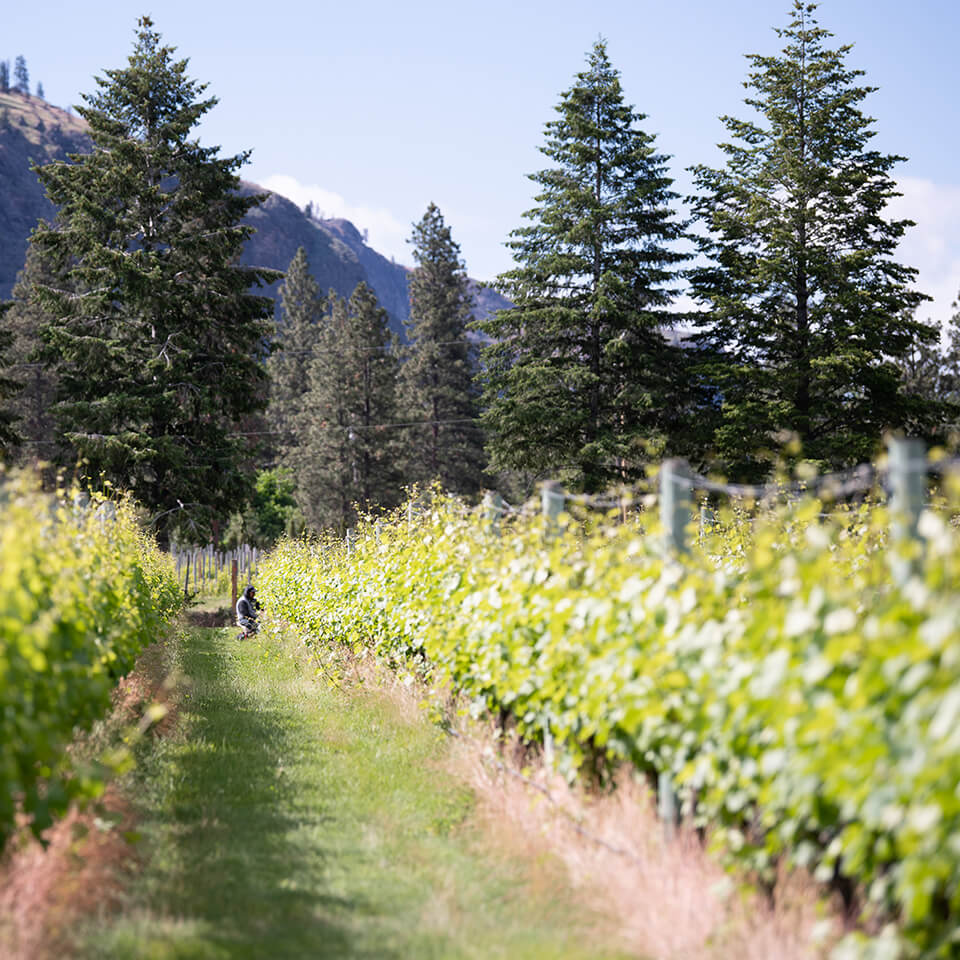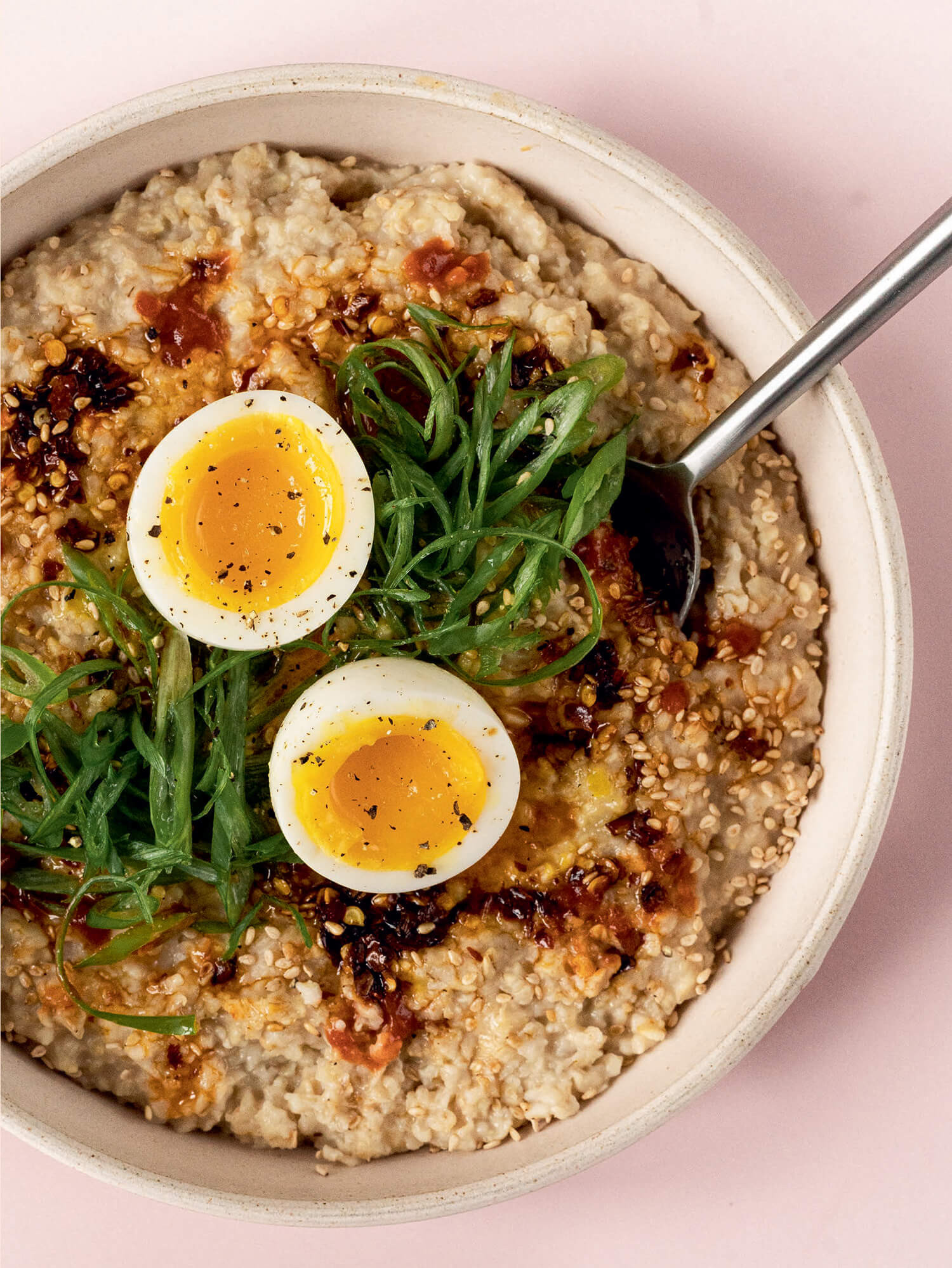Over the past couple of years, a new logo has appeared on the labels of many Canadian wines. In British Columbia, it’s a triangle; in Ontario, a small green leaf. But regardless of the design, the message is the same: The wine in question is “certified sustainable” from the vineyard to your glass. And, sure, that sounds great, but what does it actually mean?
The question has preoccupied the world of wine since the 1990s, when sustainability emerged as an increasingly important talking point. At first, the conversation was a babble of differing interpretations, leading to stop-gap measures and temporary guidelines. But, gradually, a handful of proactive countries began to articulate their own practical definitions of the word. The final step has been the creation of national certification programs that grape growers and wine producers feel they need to be a part of. Today, about 95 percent of the vineyards in both South Africa and New Zealand are certified sustainable, with plenty of other countries racing to catch up with them.
Ontario and BC developed their own certified sustainable programs
Canada has taken longer to build momentum, with any progress slowed by a lack of funding, but the decades of careful study bore fruit in 2021, when new vineyard and winery certifications were announced in two provinces. There are some differences between the programs of Sustainable Winegrowing Ontario (SWO) and Sustainable Winegrowing British Columbia (SWBC), mostly thanks to local farming conditions, but the basic tenets are the same. In the words of the SWO, “practicing environmentally responsible and sustainable approaches in our vineyards and wineries is our way to ensure that the land we farm, the communities we live in and our businesses remain healthy and viable for future generations.” To qualify for the certification, both the vineyard and the winery must meet a number of environmental, social and economic standards – or, to put it another way, embrace the three pillars of place, people and profitability.
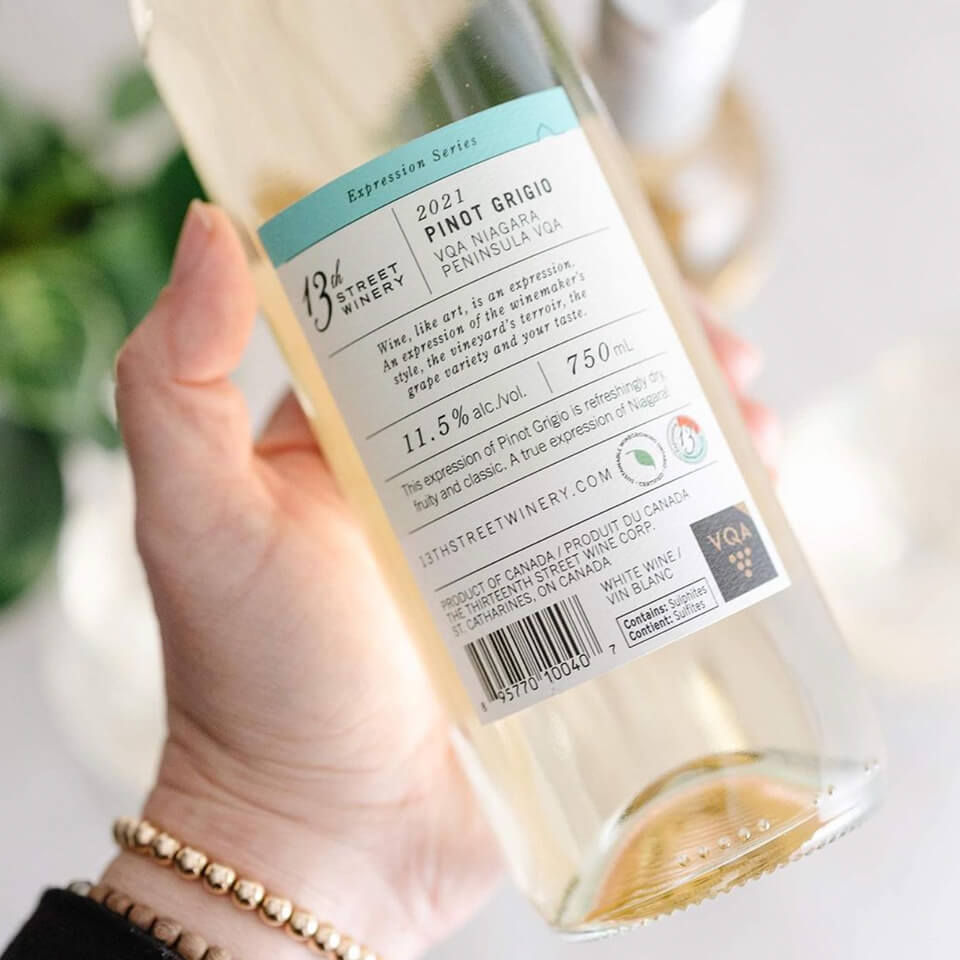
Environmental sustainability is the most familiar and measurable of the three. Water and waste management, material handling and procurement and energy efficiency are all matched against the program’s benchmarks and scored appropriately. Farmers are also judged on soil health and pest management.
What does sustainability in wine mean?
Social sustainability can be harder to quantify, explains Andrea Kaiser, chair of SWO and the owner of Drea’s Wine Co. in Niagara-on-the-Lake, Ont. “But people are understanding it more thanks to the current conversations about diversity, equity and inclusion,” she says. “It’s about being good employers and also good members of the community.” And the third pillar, profitability, is also essential, she adds. “The business itself must be sustainable if you’re going to make this work, preserve agricultural land for the next generation and keep the industry healthy.”
Ruth King, a winemaker and the program manager of SWBC, is in full agreement. “Economic resilience has been particularly important in the Okanagan over the past couple of years, with drought, wildfires and brutal cold,” she says. “You have to know how to pivot when a polar vortex takes out 80 percent of your crop – spend more energy on events or agri-tourism, for example, and think outside the box. We help by offering our members a tool kit of ways they can operate and improve, not by listing things they can’t do.”
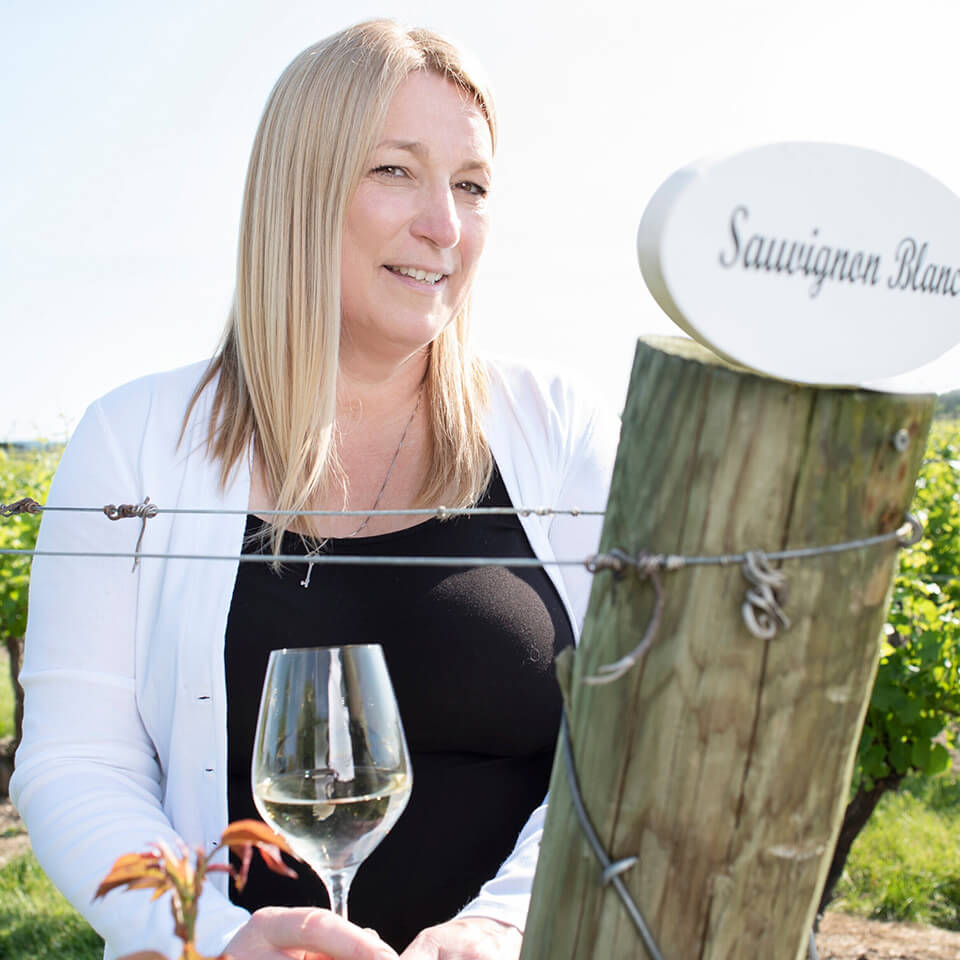
That positive, proactive attitude is key to both programs, alongside educational add-ons and a wealth of useful information. Wineries considering becoming a member can start by using online checklists to perform a self-assessment and see how close they are to qualifying. Consultations and actual certification is done by an independent third-party auditor (which adds enormous credibility in consumers’ eyes), with follow-ups thereafter. The ultimate goal is to continue lowering the wine industry’s carbon footprint, protect the land, strengthen the community and ensure an economically healthy future.
It seems like a no-brainer – a win, win, win for everyone concerned – so why aren’t more producers sprinting to join the movement? By October 2023, only 25 of Ontario’s 315 or so wineries were certified sustainable, while B.C. listed just six, with an additional nine certified vineyards.
“It’s going to happen,” says Lee Baker, associate winemaker at Rosehall Run in Ontario’s Prince Edward County, SWO’s most recent member. “The whole thing’s still really new, and they need to get the word out, but I believe it will become the status quo. There’s no cost except for the audit fee, and they’ve done a lot of the work for you, identifying the parameters that you should be hitting – ways of improving in the years ahead.”
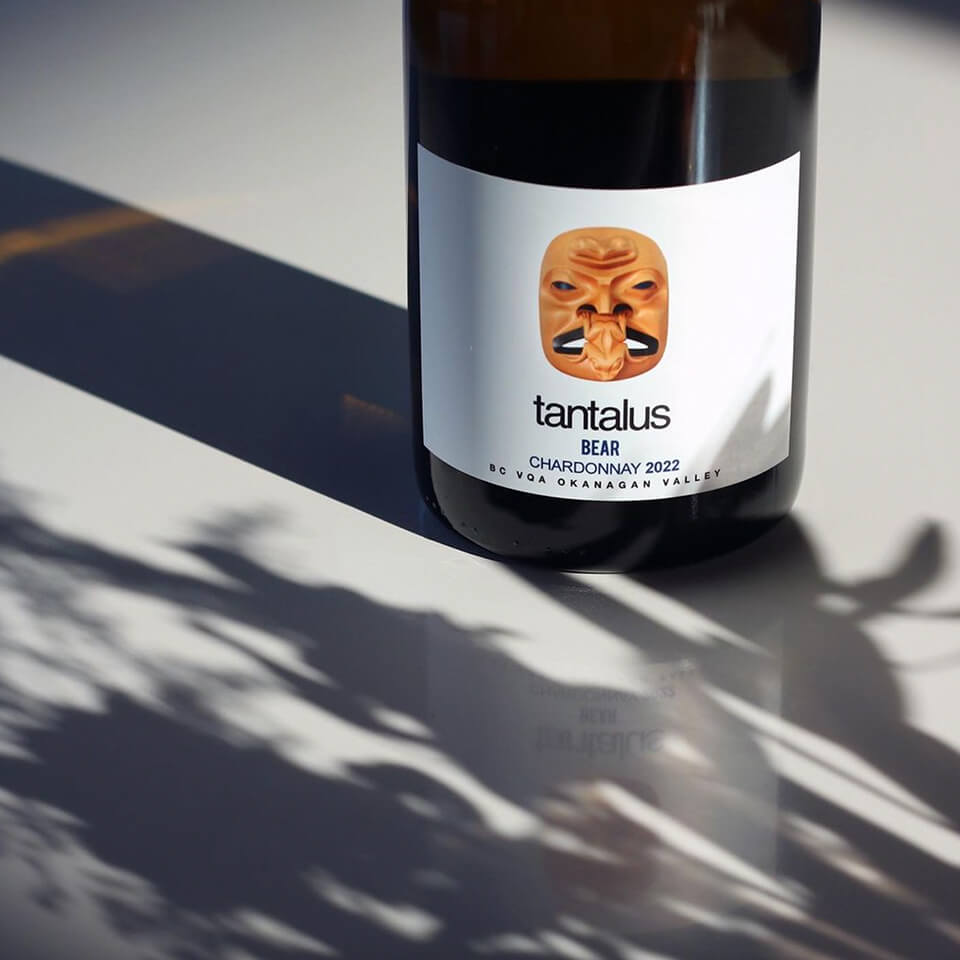
Just because a winery achieves certification doesn’t mean it can rest on its laurels. There is an expectation that it should continue to move forward with its sustainability initiatives, aiming for higher scores with every annual audit. The programs are also designed to evolve when circumstances require it and to dovetail with worldwide sustainability standards. Meanwhile, Kaiser says, the next “very exciting” phase is for Ontario and B.C. to link up and create a unified national program – one that could also serve as a template for other wine-producing provinces such as Nova Scotia and Quebec, if they’re interested. Both SWO and SWBC are currently applying for government funding to help with the process.
Buying certified sustainable wine supports local economies
At the same time, they are working hard to spread the word, not just within the industry but also to the general public because, where sustainability is concerned, we all have a major stake in the game. Everyone can contribute to the cause, most obviously by buying VQA wines, which are always made from 100-percent Canadian grapes; doing so supports our own local economies and avoids the heavy carbon footprint of imported wines. Choosing bottles that also sport a certified sustainable logo on the label takes things a step further. If sales of those wines increase, other wineries will be encouraged to participate. And beyond that? One day we may see that little green leaf or triangle on restaurant wine lists and wine-store shelf-talkers to help us make the right choice. But real optimists are looking into a more distant future, where the logos will no longer be needed because all Canadian wines will be sustainably grown and made.
Certified sustainable wineries in British Columbia
- LaStella Winery
- Le Vieux Pin
- Quails’ Gate Okanagan Valley
- Stag’s Hollow Winery
- Tantalus Vineyards
- Tightrope Winery

